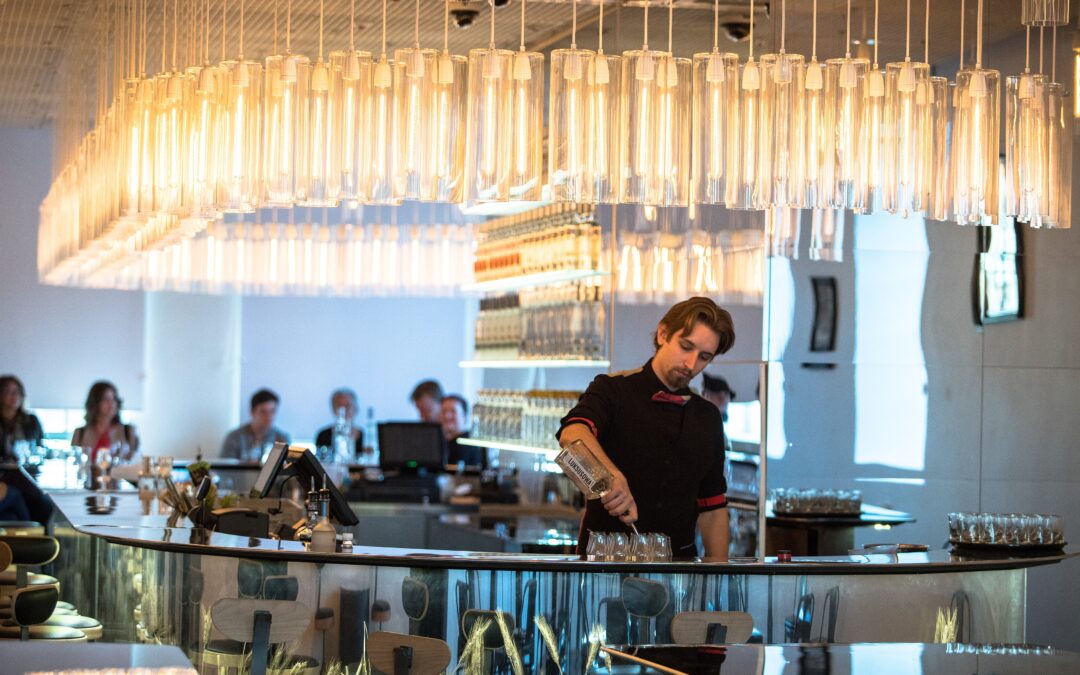Poles drank a record amount of alcohol last year, according to new data published by PARPA, the state agency for tackling alcohol problems.
Experts warn that the increase is caused in part by the growing popularity of small bottles of hard liquor, which can be particularly dangerous for public health. In response, the government has introduced a new levy on strong alcohol sold in small quantities.
Poles on average drank 9.78 litres of pure alcohol each in 2019. That breaks the previous record of 9.67, set in 2013, and is 50% higher than in 1993, when records began.
Last year’s increase has largely been driven by spirits (such as vodka), whose average annual consumption increased to 3.7 litres of pure alcohol, up from 3.3 in 2018. Average wine consumption also went up slightly from 6.0 to 6.2 litres of wine.
Meanwhile, the amount of beer consumed dropped. In 2019 Poles drank an average of 97.1 litres of beer each, down from 100.5 litres in 2018, reports Rzeczpospolita.
The countries in which alcohol consumption is most common among men, according to new study of 195 countries in @TheLancet. Poland is in fifth place.
Via @JOEdotie: https://t.co/8bE6bLm9yz pic.twitter.com/Aqx8cYjjex
— Notes from Poland 🇵🇱 (@notesfrompoland) August 24, 2018
Increased consumption of spirits may be partly driven by sales of small bottle of alcoholic beverages – known colloquially as małpki (monkeys) in Polish. These are seen as a particular danger to the health of young people and the heaviest drinkers.
“They are so conducive to addictions that some countries have decided not to sell them,” says Krzysztof Brzózka, the former head of PARPA, quoted by Rzeczpospolita.
Small bottles of vodka now make up a third of sales of the spirit in Poland. Such drinks have created completely new behaviours among drinkers, and especially women.
“A woman drinking vodka was considered something bad,” says Brzózka, in another interview for Gazeta Wyborcza. So “small-capacity [bottles] were invented to drawn them into drinking”. The vodka, which is often fruit-flavoured, “can easily be put into a handbag, where it cannot be seen”.
These small bottles are usually purchased at times when consumption of alcohol is not considered standard. A third of the small bottles are purchased before noon on weekdays, according to a study by Centrum Monitorowania Rynku, a research group, commissioned by Rzeczpospolita last year.
As a result of this year’s lockdown, when it was harder to visit shops, there was a slight decrease in the market share of small bottle of alcohol, from 34.4% to 33.5% in the first half of 2020. Sales of larger bottles of spirits rose by 5%.
But figures from June show that, after the lockdown was eased, consumption of small-bottled spirits had already bounced back to levels from before the pandemic, reports Rzeczpospolita.
As part of its efforts to combat alcohol consumption, the government recently introduced a levy on the cost of alcoholic drinks sold in bottle under 300 millilitres. They will now have an additional cost of 25 zloty per litre of alcohol content.
This means that, for example, a 100 millilitre bottle of vodka with an alcohol content of 40% would become 1 zloty more expensive. The new charges – which also raise the price of sweet drinks – go into effect from the start of next year.
Brzózka, however, warns that the potential positive health effects of the tax may be offset if producers respond by raising prices on larger bottles in order to keep the cost of smaller bottles low, reports Rzeczpospolita.
Main image credit: Mariusz Cieszewski/Ministry of Foreign Affairs/Flickr (under CC BY-NC-ND 2.0)

Maria Wilczek is deputy editor of Notes from Poland. She is a regular writer for The Times, The Economist and Al Jazeera English, and has also featured in Foreign Policy, Politico Europe, The Spectator and Gazeta Wyborcza.




















